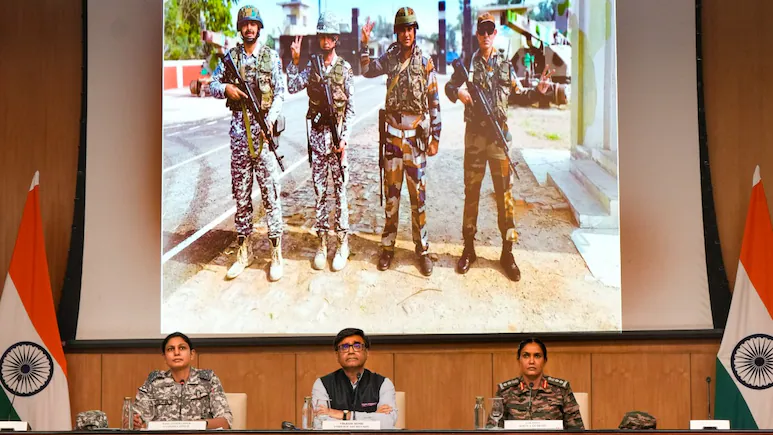Ceasefire After 4 Days: Inside Story Of How India-Pakistan Reached Agreement
New Delhi:
After four days of precision missile strikes, drone incursions, and artillery battles across the Line of Control (LoC), India and Pakistan agreed to halt all military actions on land, air, and sea, with effect from the evening of May 10. Hours later, Pakistani drones were sighted and intercepted in various locations in Jammu and Kashmir, including Srinagar, and parts of Gujarat.
India said Pakistan has violated the ceasefire, adding that the armed forces were giving an “adequate and appropriate response”. Foreign Secretary Vikram Misri, in a press briefing, stressed that India takes “very, very serious notice of these violations.”
These developments followed a sequence of escalating military exchanges since Friday morning. But what exactly unfolded?
Here’s a timeline:
- According to government sources, at dawn on May 10, Indian Air Force aircraft launched BrahMos-A (air-launched) cruise missiles targeting key Pakistan Air Force (PAF) bases. The first confirmed impacts were at Chaklala near Rawalpindi and Sargodha in Punjab province. Both installations hold strategic aviation and logistics value for the Pakistan military. Confirmation of strikes on additional bases in Pakistan and Pakistan-occupied Kashmir (PoK) – Jacobabad, Bholari, and Skardu – came only later in the evening after agencies concluded damage assessments through human and open source intelligence.
- Shortly after the strikes, Indian intelligence agencies detected high alert messages flashing across Pakistani defence networks indicating a belief that India might next target Pakistan’s nuclear command and control infrastructure. Strategic installations in Rawalpindi, including offices linked to Pakistan’s Strategic Plans Division, reportedly heightened security protocols.
- It was at this juncture that Pakistan reached out to the United States for urgent intervention. According to government sources, US officials had already been in contact with both sides in anticipation of escalating tensions. But the alert around strategic assets led Washington to step in more decisively.

